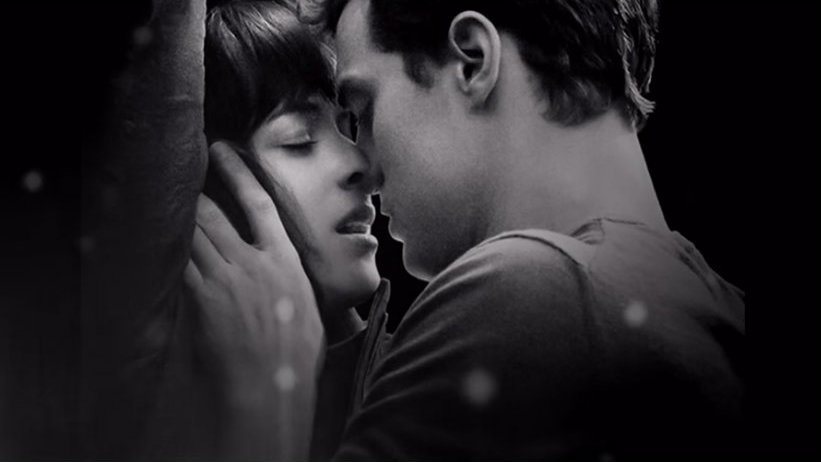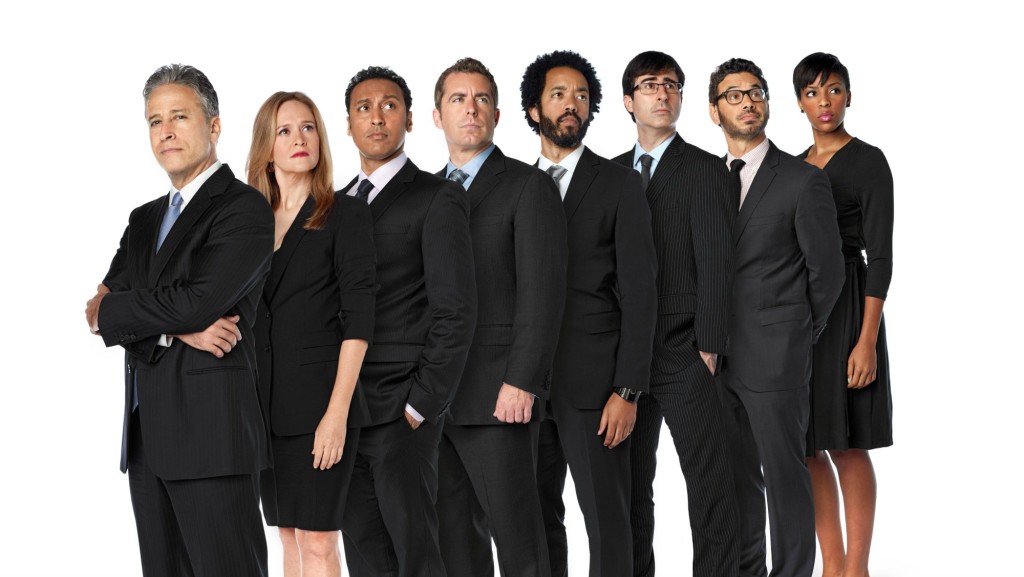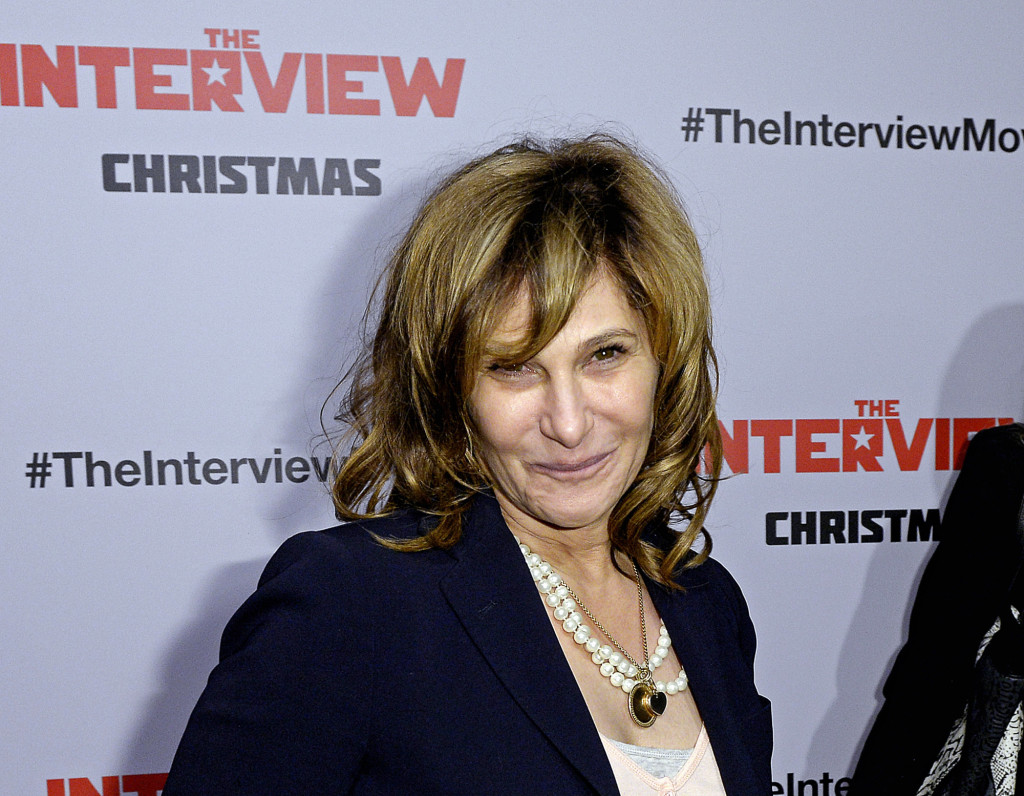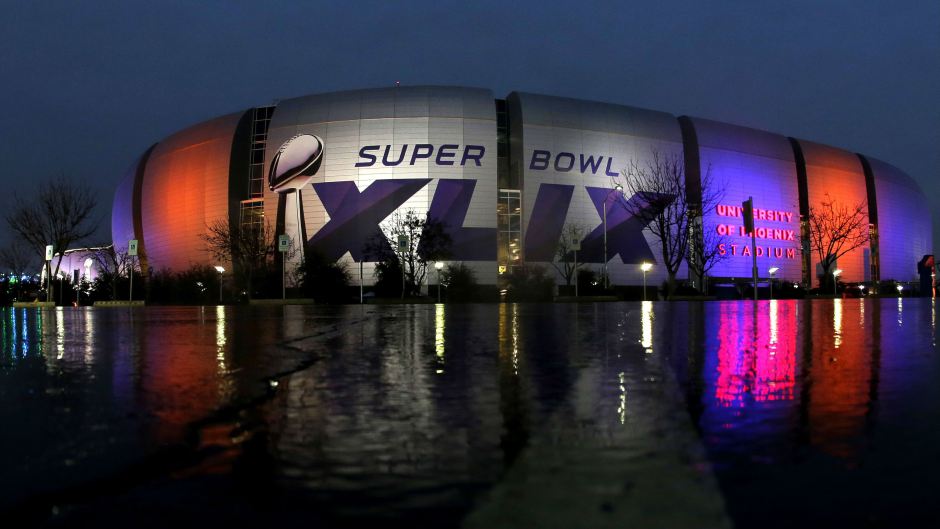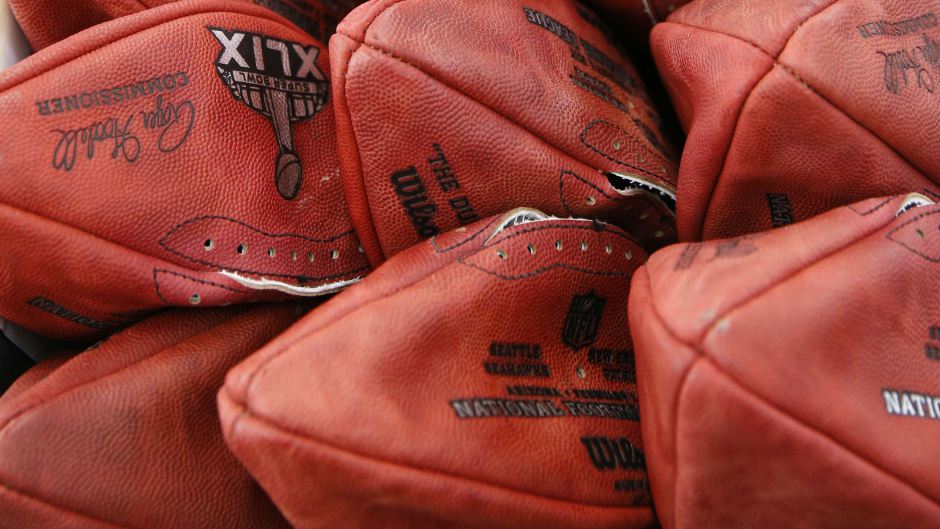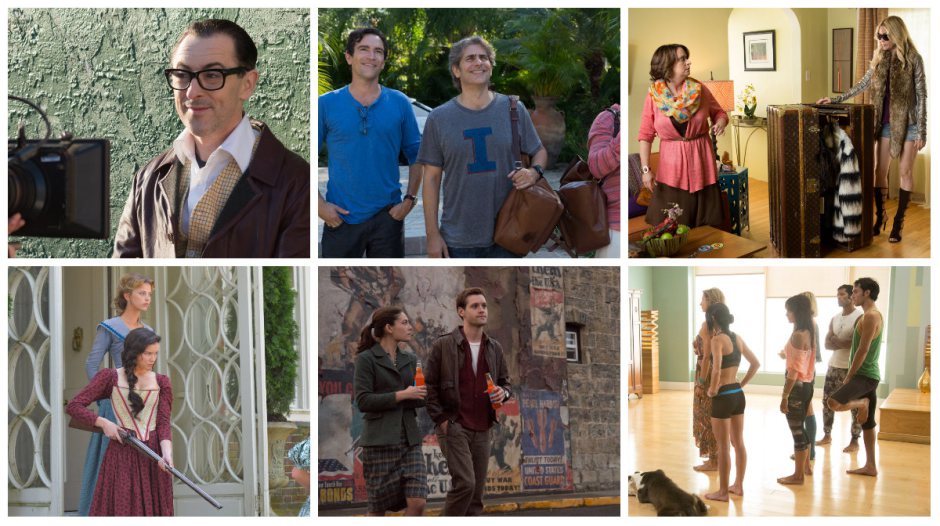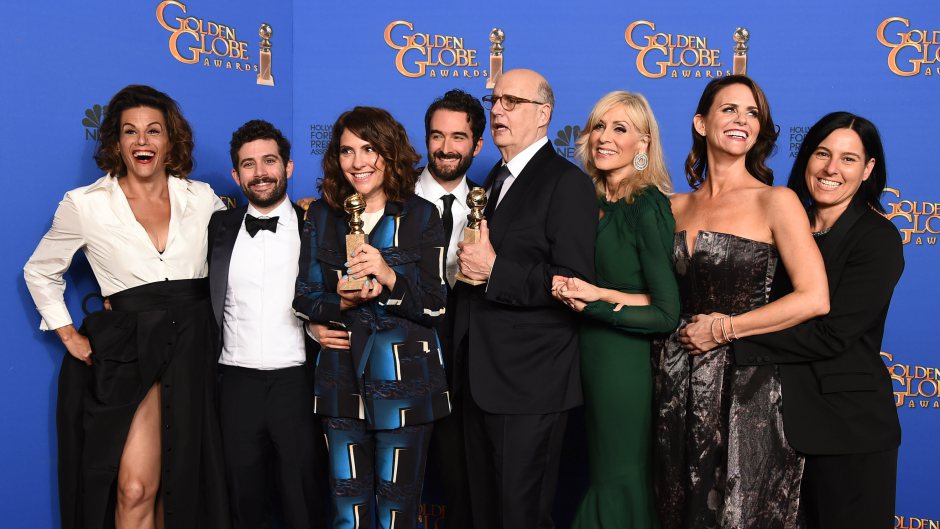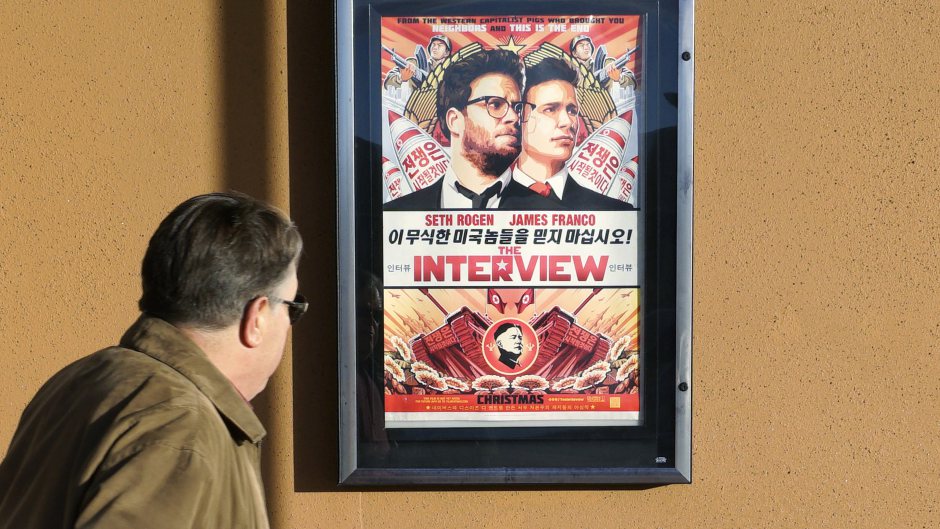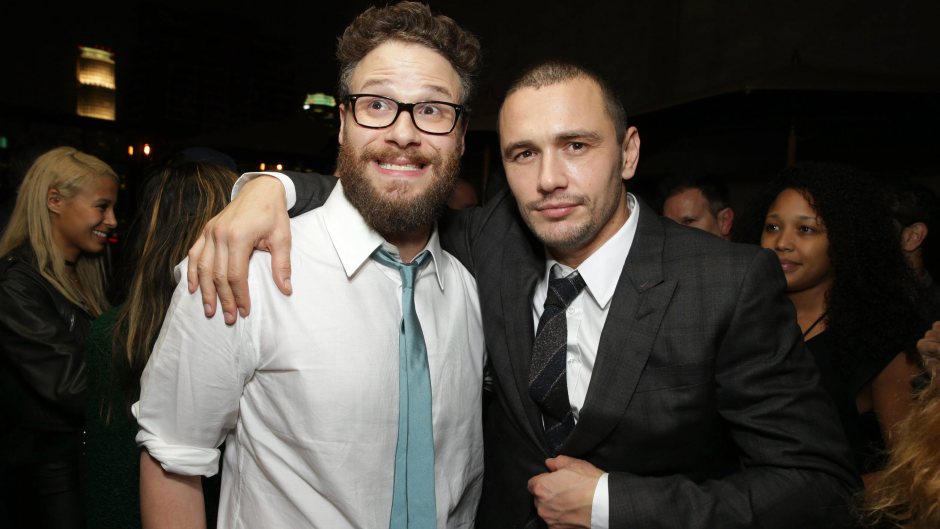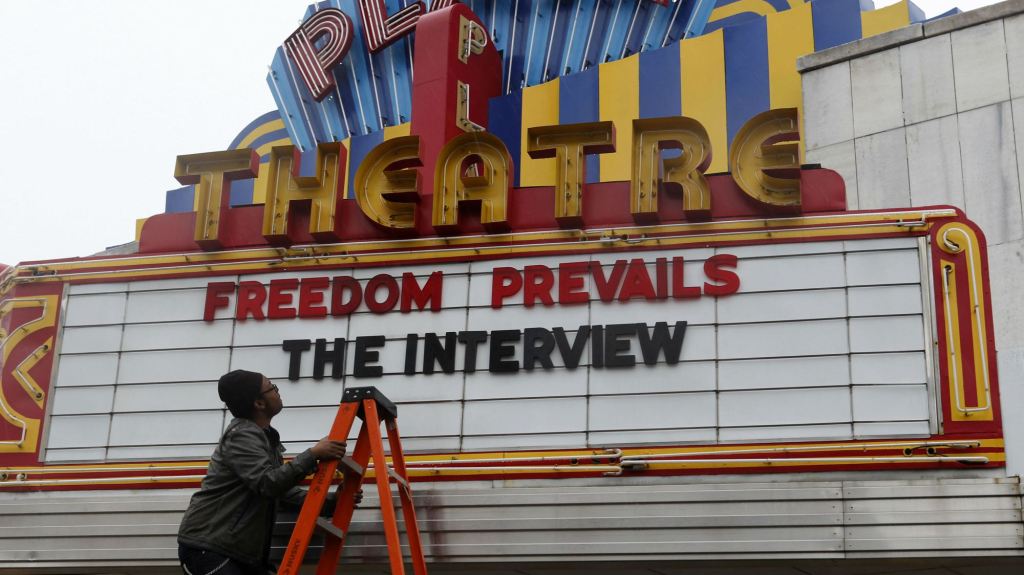After months and years of foreplay, the movie version of Fifty Shades of Grey has finally arrived. The film is expected to gross as much as $100 million worldwide this weekend as fans of E.L. James’s BDSM-themed trilogy flock to the first sexually-explicit mainstream film in years, but as I wrote at Quartz,
While that might sound like cause for celebration, it’s also old hat to viewers of shows like Starz’s Outlander, which have beat Christian and Anastasia to the punch (or is that paddle?) when it come to embracing and depicting sex in all manner of fascinating, and electrifying, ways. Sorry, Fifty Shades of Grey, but the steamiest sex in mainsteam entertainment fare can now found on television, not in theaters.
An increasing number of cable and internet series, like Outlander, Masters of Sex and Girls, routinely delve into the frank explorations of sexuality that have vanished from mainstream films.
In contrast, R-rated movies have become almost puritanical when it comes to depicting sex. Gone are the years when multiplexes routinely offered scorching films like Body Heat, Basic Instinct or the aforementioned 9 ½ Weeks. As Hollywood turned away from that adult audience and almost exclusively towards franchise films aimed at teenagers—coupled with the ubiquity of porn, which is now only as far away as one’s smartphone—those movies simply stopped being made.
So as you take in Fifty Shades this weekend, don’t forget, you’re missing the real action, back at home on TV.
Sorry, ‘Fifty Shades of Grey,’ but the steamiest sex is on TV, not in movies
